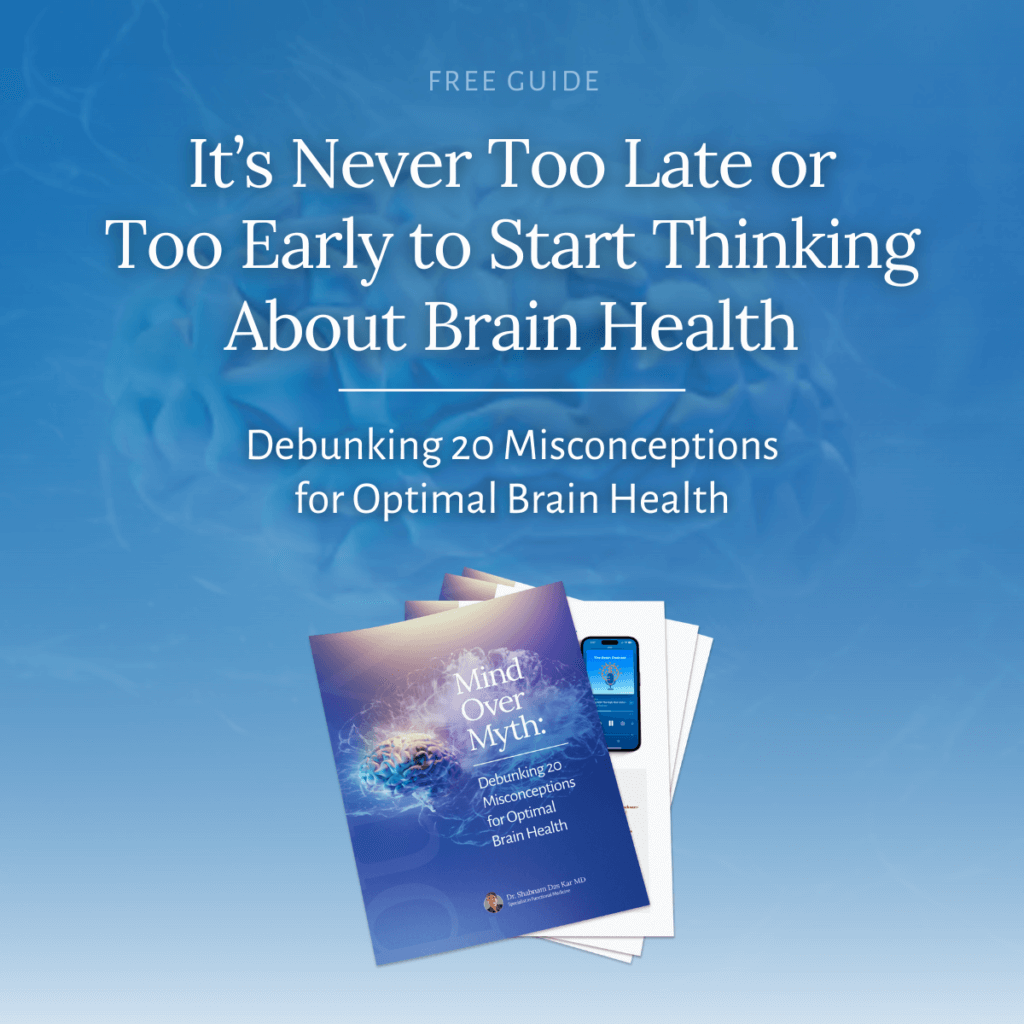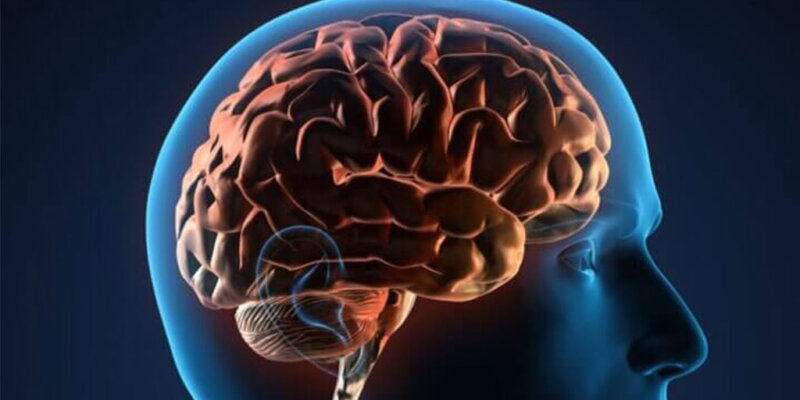What are superfoods?
Nutritional science does not recognize any food as a “superfood,” but some foods, like fatty fish or berries, are considered to have exceptional health benefits that go beyond their nutritional properties. It is almost like these foods have magical properties. Some of them are supposed to reduce inflammation, provide a ton of antioxidants, and counter the harmful effects of a poor-quality diet. What is the truth?
Our brain is an energy hog. It takes up only 2% of our body weight but requires 20% of our total energy intake. What is food supposed to do for our brains—essentially, the “jobs to be done” by food?
What is food supposed to do for our brains?
Primarily, food has to do the following jobs:
- Maintain optimal blood glucose and blood pressure levels.
- Keep chronic inflammation in check.
- Help build muscle mass.
- Provide adequate nutrients
Maintain optimal blood glucose and blood pressure levels.
The best food for the brain is food that keeps blood glucose levels in a very tightly controlled range. For most people, the range is between 70 and 140 (or 130) mg/ dl [ 3.9 to 7.5 (or 7.2) mmol/L].
Very high and very low blood glucose levels are both harmful to the brain. HbA1C may not be the best measure of blood glucose levels, but the number indicates levels of glycation, which is basically the “rusting” of cells because of high blood glucose levels.
When it comes to food and blood pressure, most people talk about the DASH diet (Dietary Approach To Stop Hypertension). However, studies comparing the DASH diet to a low-carb diet (20 to 35 grams of carb a day) showed that people on a low-carb diet reduced their systolic blood pressure by 9.77 mm Hg versus 5.18 mm Hg on the DASH diet. The low-carb group had greater improvement in glycated hemoglobin and lost more weight.
High salt intake is harmful to overall health. Most high-salt food is processed. Therefore, eating real food and avoiding a lot of processed food like salty snacks, fries, deli meat, etc, can take care of the salt intake for most people.
The best food for optimal blood pressure is low in carbohydrate content and contains adequate protein and high-quality fat, like omega-3 fatty acids.
Keep chronic inflammation in check
A high level of chronic inflammation raises the risk of dementia, heart disease, low bone mass and mood issues. Inappropriate food is one of the biggest sources of inflammation. Food that is healthy for one person may be extremely harmful for another. An example is whole grains. Whole grains can raise blood glucose and inflammation levels in many people. Another major offender is gluten-containing food. (Are you sensitive to gluten?)
Some people are sensitive to gluten or dairy and food colouring and enzymes. Food sensitivities can impair brain function.
Help build muscle mass
Muscle equals brain health, which equals longevity. We need high-quality protein to build muscles.
What do muscles do for the brain?
Muscles provide a glucose “sink”. Our muscle mass and how well we use them, decide how much of the carbohydrates from a meal stay in the blood and cause problems or are utilized by the muscles. This is the reason taking a walk, even for as little as 2-5 minutes after a meal, can lower your blood glucose levels.
Muscles prevent falls. Falls can cause head trauma which is a risk factor for dementia. Falls in older people can lead to early death, in addition to fractures, injuries and loss of independence.
Sarcopenia is the loss of muscle mass and function. It is related to age, menopause, lack of physical activity, continuous sitting, poor protein intake, high inflammation and hormone imbalance.
As we get older, our protein requirement goes up. Though the standard recommendation for protein is 0.8 to 1 gram per kilogram of body weight per day, most experts agree that we need a higher protein intake for optimal health.
Protein intakes of 1⋅2–1⋅5 g/kg/d and up to 2⋅0 g/kg/d in severe illness, injury or malnutrition are recommended by experts.
Protein content of some food.
| FOOD | PROTEIN CONTENT (IN GRAMS) |
| 1 Egg | 7 |
| Chicken 150 grams | 40 |
| Tofu 100 grams | 8 |
| Salmon 150 grams | 30 |
| Cottage cheese 1 cup | 28 |
| Beef steak 85 grams | 22 |
Provide adequate nutrients
The food we eat is made up of carbohydrates, protein and fat. Proteins are made of amino acids. Some amino acids and fats like omega-3 fatty acids are called essential, which means our bodies do not have the ability to make them. Therefore we have to get them from food and supplements. There are no essential carbohydrates.
Fatty fish like wild salmon are high in omega-3 fatty acids. But the standard recommendation is to eat only 2 servings of fatty fish a week, because of concerns of mercury poisoning.
Two servings of fatty fish do not provide enough omega-3s to maintain optimal brain health. Therefore most people need to eat fatty fish AND take omega 3 supplements.
One study showed that a daily dose of 3000 mg of omega-3s helps reduce blood pressure.
If we consider a serving size to be 3.5 ounces, then two servings of wild salmon would contain approximately 4.4 grams of omega-3 fatty acids, which is not enough to maintain brain health.
While it is true that our brains use glucose as a fuel, it does not mean we have to eat carbohydrates to fuel the brain. Our brains have the ability to use ketones as an alternate fuel. Ketones are made from body fat stores when the easy supply of carbohydrates from food is low. Ketones are also made during fasting, by exercising and/or eating a low carbohydrate diet like the ketogenic diet.
Bottomline
The best food for the brain is high in protein and good quality fat and very low in sugar, carbohydrates and processed food.
References
- Murphy, Caoileann H., Sinead N. McCarthy, and Helen M. Roche. “Nutrition strategies to counteract sarcopenia: a focus on protein, LC n-3 PUFA and precision nutrition.” Proceedings of the Nutrition Society 82.3 (2023): 419-431.
- Phillips, Stuart M., Stéphanie Chevalier, and Heather J. Leidy. “Protein “requirements” beyond the RDA: implications for optimizing health.” Applied Physiology, Nutrition, and Metabolism 41.5 (2016): 565-572.
- Zhang, Xin, et al. “Omega‐3 polyunsaturated fatty acids intake and blood pressure: a dose‐response meta‐analysis of randomized controlled trials.” Journal of the American Heart Association 11.11 (2022): e025071.
- Saslow, Laura R., et al. “Comparing Very Low-Carbohydrate vs DASH Diets for Overweight or Obese Adults With Hypertension and Prediabetes or Type 2 Diabetes: A Randomized Trial.” The Annals of Family Medicine 21.3 (2023): 256-263.



